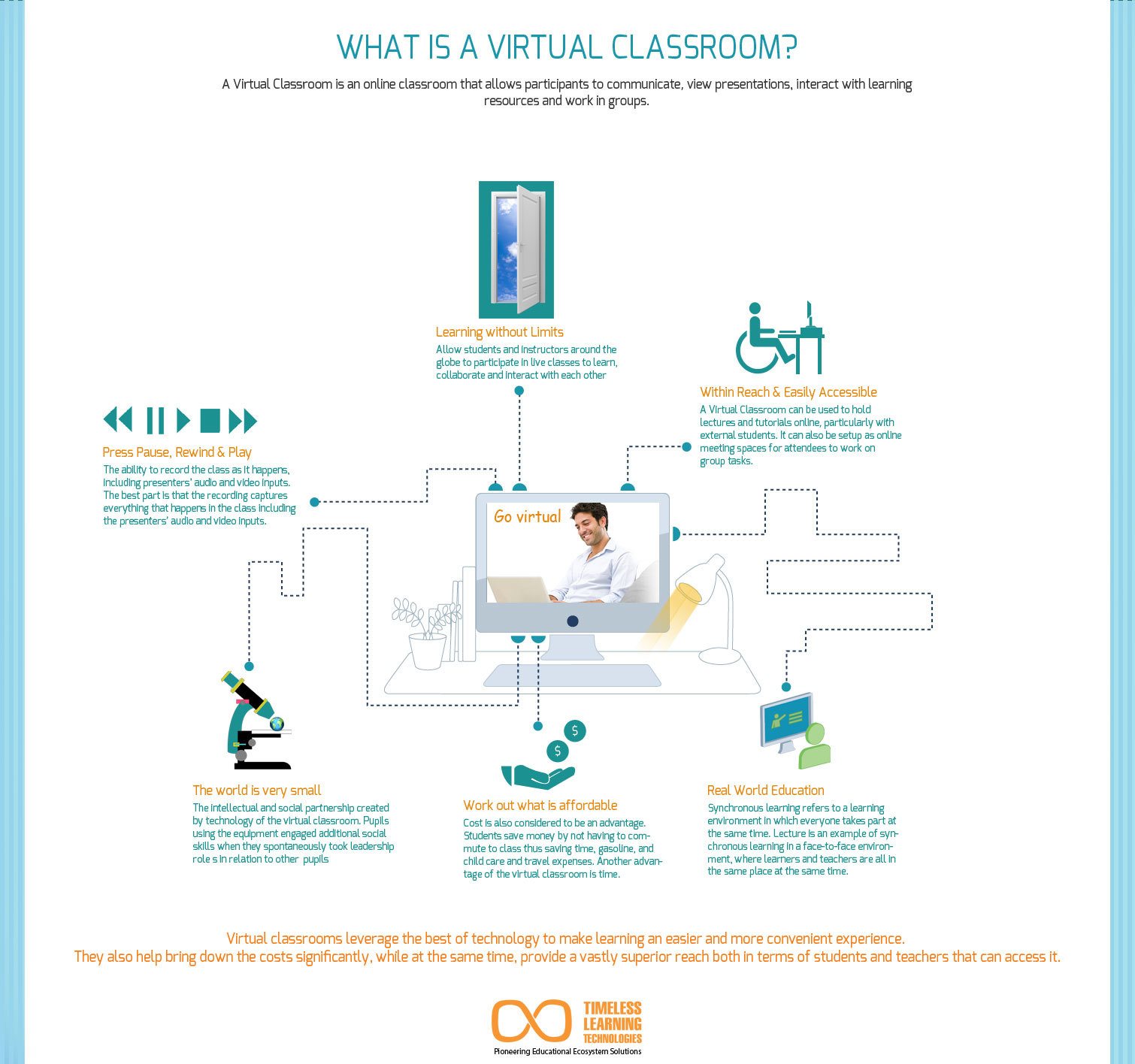Rise by Six: Your Daily Dose of Inspiration
Explore insights and stories that elevate your day.
When Your Teacher is a Pixel: Surviving Virtual Classrooms
Navigate the world of virtual classrooms! Discover tips and tricks for thriving in online learning and making the most of your pixelated teacher.
Top 5 Tips for Staying Engaged in Virtual Classrooms
Staying engaged in virtual classrooms can be challenging, but implementing a few strategies can enhance both learning and participation. First, create a dedicated learning space to minimize distractions and promote focus. This space should be free from interruptions and contain all necessary materials, creating an environment conducive to concentration. Second, actively participate during class discussions. Utilize the chat function to ask questions or share insights, as this not only helps you stay engaged but also enriches the learning experience for others.
Third, establish a consistent schedule for attending classes and completing assignments. Treat virtual classes like in-person ones; this discipline helps keep you accountable and engaged. Fourth, utilize technology to your advantage by leveraging interactive tools such as polls and breakout rooms. These features can make learning more dynamic and enjoyable. Finally, connect with classmates outside of class hours. Forming study groups or engaging in social discussions can boost motivation and create a sense of community, which is crucial for maintaining engagement in a virtual setting.

Navigating Virtual Learning: How to Build a Supportive Online Community
In today’s rapidly evolving educational landscape, Navigating Virtual Learning can seem daunting for both educators and students. One effective strategy to enhance the online learning experience is by fostering a supportive online community. This community can be built through regular engagement, open communication, and collaborative activities. For instance, educators can create dedicated forums where students can ask questions, share resources, and collaborate on projects. It’s essential to establish ground rules for these interactions to ensure that all participants feel safe and respected while expressing their thoughts and concerns.
Another vital aspect of building a supportive online community is recognizing and celebrating achievements, big or small. Implementing a recognition program can motivate students to stay engaged. Create weekly highlight posts showcasing student progress or contributions, and encourage peer-to-peer recognition through a ‘shout-out’ board. Additionally, incorporating virtual events such as game nights or study groups can foster camaraderie among students. By taking these steps, educators can effectively create a nurturing environment where students feel connected and supported throughout their virtual learning journey.
What to Do When Technical Issues Disrupt Your Online Class
Technical issues can be frustrating and disruptive during an online class, but it's essential to remain calm and focused. Identify the issue first; whether it's a poor internet connection, software malfunction, or hardware failure. By understanding the problem, you can take the necessary steps to resolve it more efficiently. For instance, if your internet speed is sluggish, try moving closer to your router or connecting directly with an Ethernet cable. Additionally, having a contingency plan in place might prove beneficial. For example, keep a backup device handy or prepare the communication tools you may need to inform your instructor about the situation.
If the problem persists, communicate promptly with your instructor and classmates. Let them know you're experiencing these technical issues so they can assist you if needed. You might also consider using alternative platforms, such as messaging apps, to stay in the loop. Another helpful tip is to document the disruptions; take screenshots or note down error messages. These records can help you explain the situation more clearly if you need to request accommodations or support from your education institution.